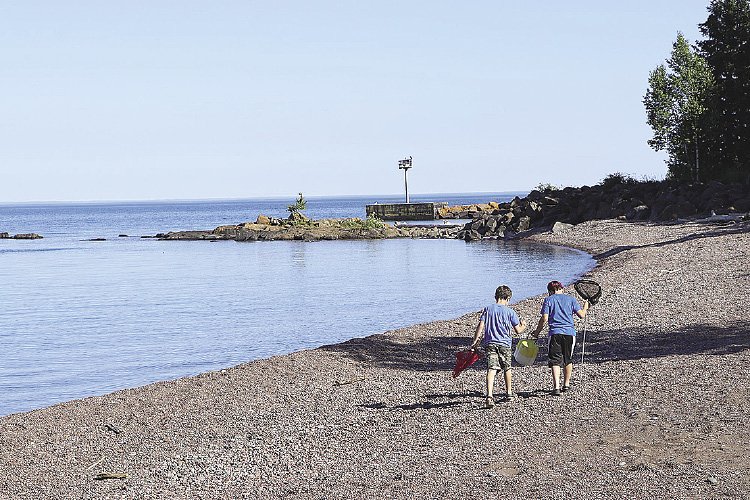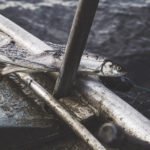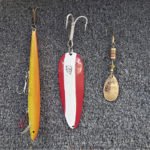Summer is when many Minnesotans seek access to the state’s wealth of water. Most often, they do so at a publicly-owned place such as a state park, a boat launch or a swimming beach. In these situations, the public’s right to access is clear. In other instances, where private property is involved, some folk’s assumptions about the extent of public access may not be true in Minnesota.
Seeking clarification regarding access isn’t easy. While it isn’t always apparent in the north, Minnesota is an agriculturally dominated state, so some trespass laws were written with agricultural interests in mind. For instance, it is legal to access unposted private forest land, but it is illegal to enter unposted agricultural land whether it is actively farmed or fallow.
Along the North Shore, some believe the public has access to the Lake Superior shoreline up to the ordinary high-water level, which is where permanent vegetation begins. Their assumption is based on the Public Trust Doctrine, which is rooted in English law that has long affirmed public access to America’s seashores. While a Michigan court case affirmed the public’s right to Great Lakes beach access, the ruling doesn’t apply to Minnesota. In this state, you DO NOT have access to the Lake Superior beach on private property unless you are in the water. The same is true for trout streams and inland lakes.
The public has access to what Minnesota terms “waters of the state.” Waters of the state are any surface waters or underground waters. This includes all lakes, ponds, marshes, rivers, streams, ditches, springs and waters from underground aquifers, regardless of their size or location. If you have public access to water, you can boat, fish and swim there. The catch is public access.
Decades ago, legendary DNR commissioner Joe Alexander made it his mission to open public access sites such as boat and canoe landings, on all state lakes and streams. While he was unable to completely achieve this goal during his 12-year tenure, he greatly expanded and upgraded access sites we enjoy today.
However, public access is not only defined by officially designated sites. Where public land, be it a state or national forest or a road right-of-way, abuts the water, the public has access. In practical terms, if you can launch a canoe in a creek crossing the road and paddle through private property to reach a lake, that is public access to the lake. In a trout stream or any flowing water, you have access provided you can reach the water from public property, such as a road crossing, and stay in the water while wading or floating.
In a document titled Water Laws in Minnesota, Questions and Answers about Minnesota Water Laws, the Minnesota DNR sums up the extent of pubic access with the following question and response:
What is considered trespassing when the public seeks access to a water body?
The belief that the state owns a strip of land around all Minnesota lakes for public use is false. Riparian property (Property abutting a lake, river or wetland) is either privately or publicly owned. The general public can access water bodies or watercourses via public property, but not through private property. Individuals entering private property without permission from the landowner are trespassing and may be prosecuted under state trespass laws. It is illegal to trespass on private property in order to gain access to a water body or watercourse without first obtaining the verbal or written permission from the landowner. A person who has legally gained access to a water body may use its entire surface for recreation, such as boating, swimming, or fishing. Using the underlying bed of the lake or river, if access was gained legally, is called “incidental use;” the use of the bed or bottom is incidental to the water body’s primary use. Examples include poling or anchoring a boat, wading on the bed to swim or fish, and anchoring decoys and traps.
The bottom line is that if you’re uncertain about land ownership, do some research to determine if you do have public access. It is better to be safe than sorry.




